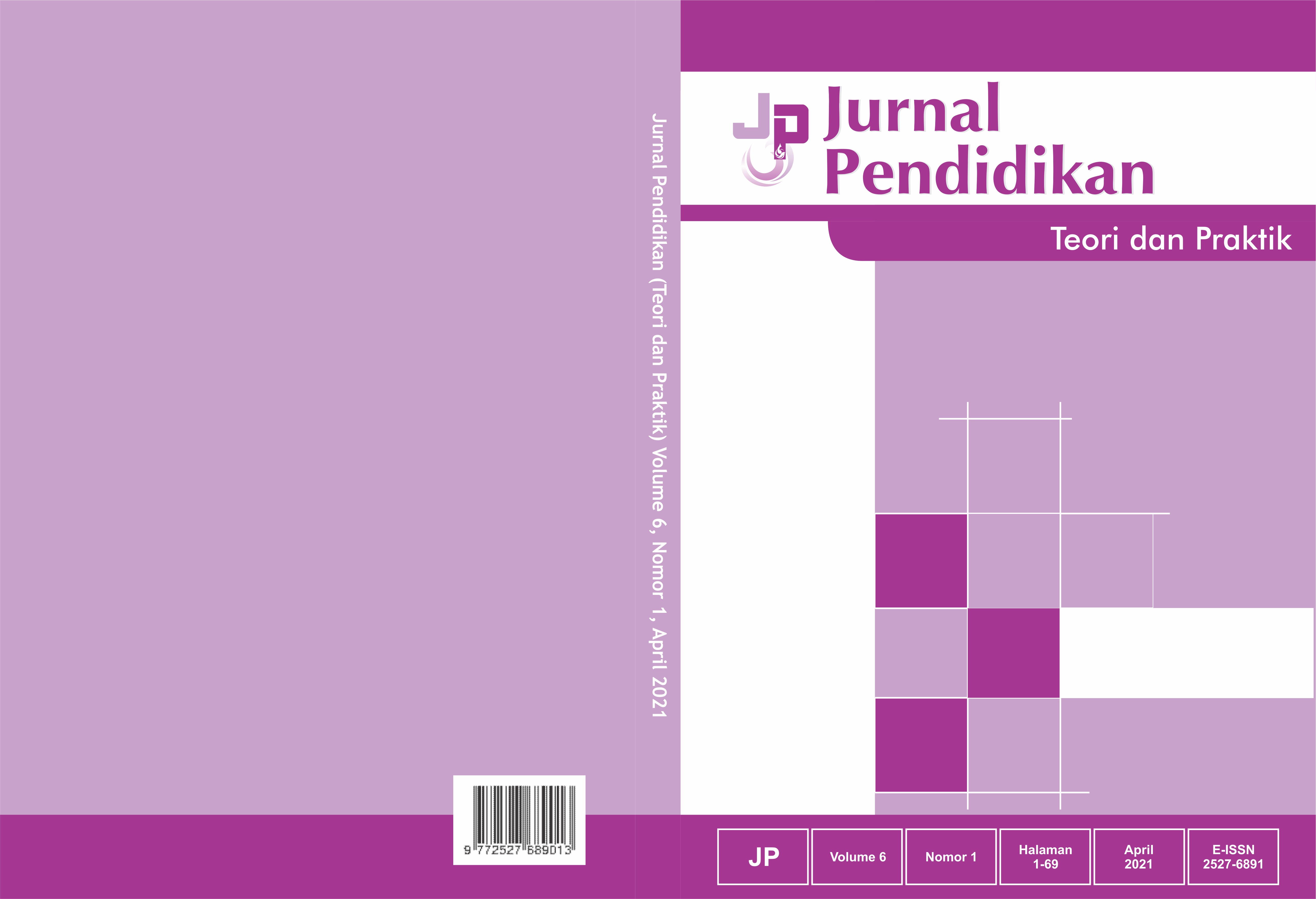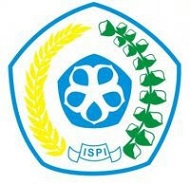PENERAPAN MEDIA VIRTUAL LABORATORY IPA KOMBINASI DEMONSTRASI UNTUK MENINGKATKAN KEMAMPUAN BERPIKIR KRITIS PESERTA DIDIK SMP
DOI:
https://doi.org/10.26740/jp.v6n1.p17-22Keywords:
Real Practicum, Science Virtual Laboratory, Constructivism, Critical ThinkingAbstract
This study aims to determine constructivism-based learning using a science virtual laboratory combination with demonstration to improve the critical thinking skills of junior high school students. The design in this study is the pretest-posttest control group design. The trial was conducted on students of SMP class VIII, which consisted of three classes, two classes as the experimental class and one class as the control class which were taken randomly (cluster random sampling) from a homogeneous population. The data collection technique used in this research is the multiple choice test method with reasoned questions to measure the critical thinking skills of junior high school students. The pretest and posttest data were analyzed using one-way ANOVA. The results showed that constructivism-based learning using a virtual laboratory science demonstration combination had a positive impact on the critical thinking skills of junior high school students with a significance value of <0.05. Meanwhile, students who only used the science virtual laboratory and demonstrations did not experience a significant increase in critical thinking skills.
References
Downloads
Published
How to Cite
Issue
Section
License
Copyright (c) 2022 JP (Jurnal Pendidikan) : Teori dan Praktik

This work is licensed under a Creative Commons Attribution-ShareAlike 4.0 International License.
 Abstract views: 389
,
Abstract views: 389
, PDF Downloads: 364
PDF Downloads: 364








.png)





